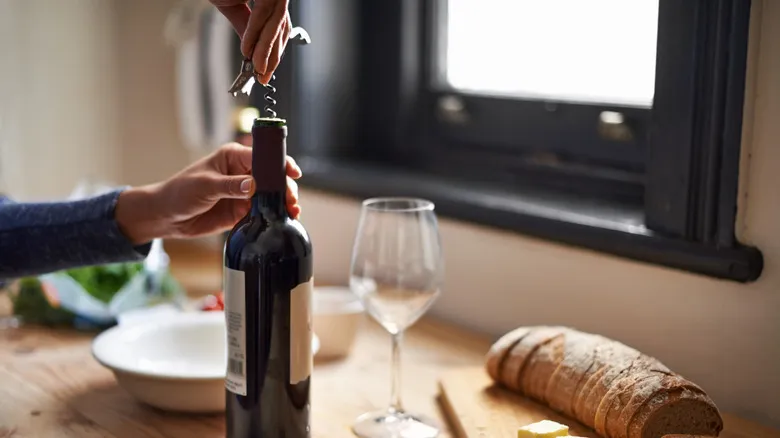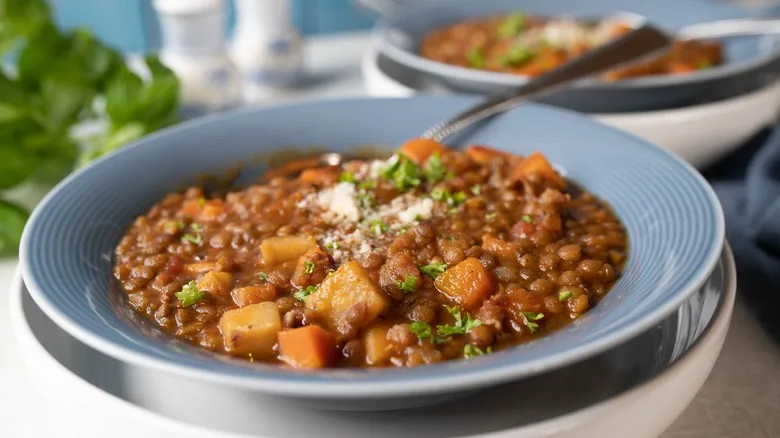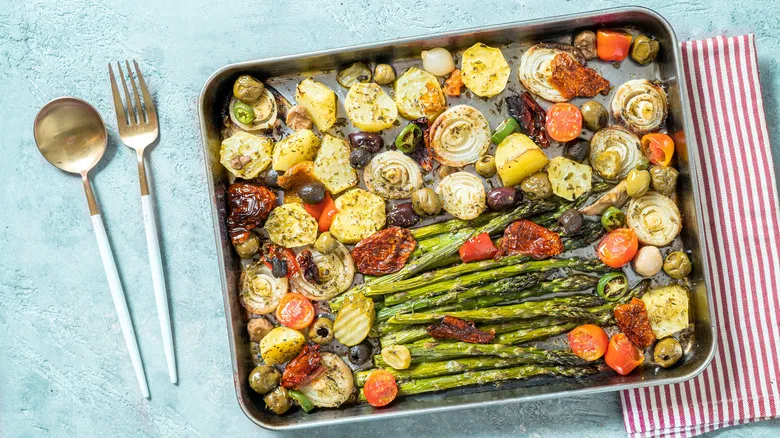When to use frozen wine cubes

If you're considering whether defrosted wine ice cubes are drinkable, the answer is a bit of both. If you thaw the ice cubes to pour a glass of wine, the flavor will likely be altered, resulting in a less enjoyable drink. However, if you're looking to create a frozen wine slushie, this is a fantastic use for the wine ice cubes. They can also serve as ice for cocktails that incorporate wine, such as sangria or an Aperol Spritz. Unlike regular water-based ice cubes that can dilute your drink, wine ice cubes enhance the flavor and strength of your cocktail over time.
Wine has numerous culinary uses, enhancing everything from hearty meat dishes to light desserts. It adds not only a new dimension of flavor but also acidity, which helps to tenderize fats and proteins in meats and seafood. Red wines are often paired with red meats, stews, mushroom dishes, and desserts like poached apples and pears. White wines work well in risottos, light herbal sauces, vegetable-centric dishes, and seafood. Although less common, rosé can be delightful for making syrups and enhancing fruit-based desserts, while champagne can substitute for white wine in many recipes. When cooking with any type of wine, it's essential to allow it to reduce completely before introducing other ingredients.
Recommended

How To Choose The Best Lentils For Your Soup

Why You Should Think Twice Before Cooking Popcorn In The Air Fryer

The Condiment You Should Avoid Buying At The Grocery Store

The Extra Sheet Pan Step You Should Take When Roasting Crispy Vegetables
Next up

